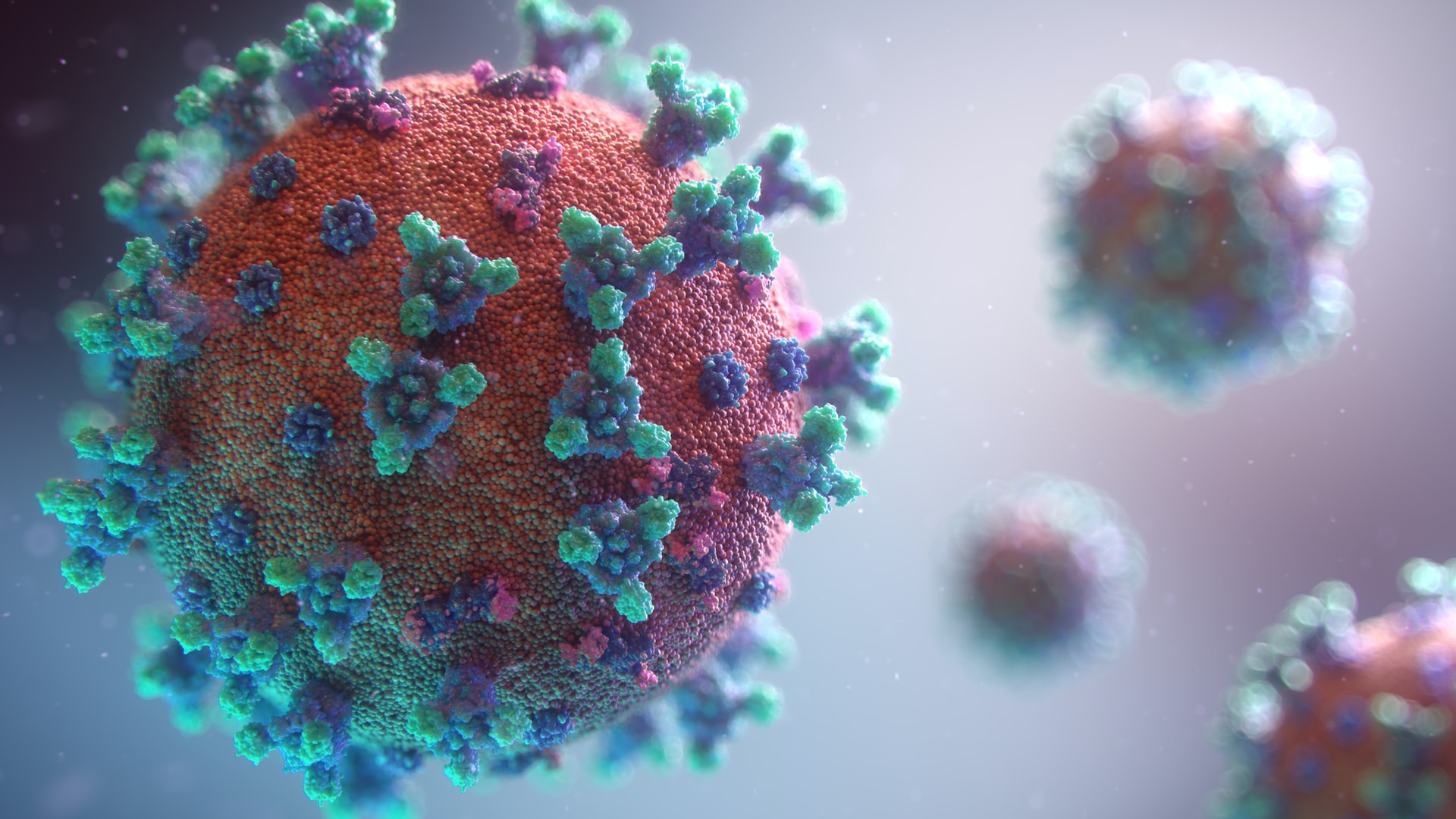Results of genome testing from two Auckland COVID-19 cases that were under investigation have confirmed that one case is connected to the new community cluster, while the other is not.
The second case is a man who works as a maintenance worker at the Rydges Hotel managed isolation facility in Auckland. The same genome sequence has been identified in samples from a returnee from the USA, who stayed at the Rydges Hotel on arrival and tested positive for COVID-19. At this stage, the Ministry of Health says there is no obvious person-to-person connection between the worker and the returnee, but investigations continue.
The SMC asked experts to comment on these results.
Dr Jemma Geoghegan, Virologist, Senior Lecturer, University of Otago, comments:
“Sequencing has established a genomic link between a positive case from a returned traveler and from a hotel worker. These cases are not genetically linked to any of the cases we have seen in the community. These cases demonstrate the power of real-time genomic sequencing during this outbreak.”
No conflict of interest
Professor Shaun Hendy, Director of Te Pūnaha Matatini, comments:
“Genome sequencing has shown that one of the confirmed cases discovered in Auckland, in a maintenance worker at the Rydges Hotel, is linked to a returned traveller who stayed at the Hotel for a period before testing positive. The discovery of this second transmission into the community illustrates the challenge in keeping the virus at the border and reinforces the need for regular testing of workers at the border and MIQ facilities, whether they have symptoms or not. It also shows the value of routine and rapid sequencing of all cases in New Zealand.
This new case was found in someone with a direct connection to the border, which suggests that it has likely been caught early. If so, then the number of secondary cases is likely to be low. Nonetheless, it is concerning that the worker does not seem to have had direct contact with the traveller while at the facility. It will be important to ensure that other workers at the facility have all been tested, because they may have been exposed via the same route and there may have been an intermediary case.”
Conflict of interest statement: Te Pūnaha Matatini is funded by the TEC, but is also currently working under an MBIE contract to supply COVID-19 modelling to government.
Professor Michael Plank, Te Pūnaha Matatini and University of Canterbury, comments:
“The genomic sequencing data appears to link the case in the maintenance worker at the Rydges Hotel to an individual recently returned from the USA in quarantine at the hotel. It appears that the worker did not have direct face to face contact with guests in the hotel, which suggests that transmission may have been via a contaminated surface or via another border worker not yet detected.
“This underscores the importance of regular testing of everyone working at the border or quarantine facilities. If the worker is the index case for this outbreak, there is a good chance we have caught it before it can cause a major new cluster. But we won’t know for sure until the contact tracing investigation is complete.”
Conflict of interest statement: I am partly funded by MBIE for research on mathematical modelling of COVID-19.
Associate Professor Siouxsie Wiles, School of Biological Sciences, University of Auckland, comments:
“The latest information shows just how important genome sequencing can be in helping to identify potential sources of COVID-19 transmission in countries like New Zealand which are managing the pandemic well. The case of the maintenance worker also shows how tricky this virus is, and highlights the importance of casting the net wide in terms of regular testing of those working in and around our managed isolation and quarantine facilities and airports and ports.”
No conflicts of interest to declare.
Dr David Welch, Centre for Computational Evolution and School of Computer Science, University of Auckland, comments:
“A new case not linked to the existing cluster shows a second border breach has occurred since NZ achieved elimination.
“The source of this second breach seems clear with a genomic match between the hotel worker’s virus and a case who was in isolation at the hotel before being moved to quarantine. This link will be confirmed once full results from the sequencing are available. The genomic link gives strong guidance to contact tracers looking to establish a physical link. This is the kind of breach we have been expecting to see and regular ongoing testing of border and MIQ workers, along with rapid genome sequencing, should catch and identify these breaches.
“The result shows the value of genome sequencing in understanding clusters, and in this case disentangling one cluster from another. The speed with which this genomic link has been discovered, coming just two days after the positive sample, demonstrates this part of the system working well.”
No conflict of interest
